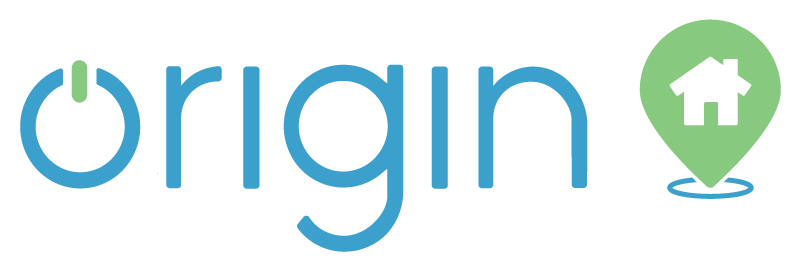From the National Federation for Credit Counseling:
"Silver Spring, MD – Recent legislation passed by Congress has changed how financial institutions will authorize and pay overdrafts associated with checking accounts. Although most overdrafts from paper checks and automatic payments will continue to be covered (for a fee), consumers must now opt in to authorize this service for ATM and debit card transactions made at a point of sale.
The National Foundation for Credit Counseling’s (NFCC) July online poll revealed that 26 percent of the 2,089 respondents intend to opt in to overdraft protection in spite of there being a fee charged for the service.
“It is disturbing that this many people live so close to the financial edge. Anticipating that they will overdraw their account, they are willing to exacerbate the problem by paying a fee to have their purchases approved. The real answer lies in examining the root problem and resolving it, as continued overdrafts can result in some significant financial damage,” said Gail Cunningham, spokesperson for the NFCC.
As of August 15, 2010, both existing and new customers of financial institutions must sign up for overdraft protection before the bank is allowed to charge the customer a fee for clearing the transaction. If consumers do not notify their bank or credit union, they will not be covered, thus no action is necessary by consumers who do not wish to opt in.
Industry studies show that the average overdraft fee charged by a financial institution is $27, with approximately half of the more than $37 billion generated in fees in 2009 coming from debit card and ATM overdrafts. Banks are anxious to retain these fees, with many having launched significant campaigns encouraging consumers to opt in.
The NFCC suggests that consumers consider the following instead of opting in to the potentially costly overdraft protection:
Keep your check register current, recording all withdrawals and balancing often. Be sure to notate all ATM and debit card transactions along with any paper checks written on your account.
Link your checking account to your savings account. In case of an overdraft, the money will be automatically taken from your savings with little or no fee attached.
Pad your checking account by carrying a balance that you will not likely exceed. Most people spend a similar amount each month. If possible, keep an extra $100 in your checking account to cover unplanned expenses.
· Utilize technology. If your financial institution offers it, sign up for email or text alerts that notify you when your balance is low.
Reach out to your creditors. If payment due dates do not coincide with paydays, contact your creditor and request a due date change. You may have to pay a little extra interest to cover the gap for the first month, but over time this step should help to organize your finances.
· Get help managing your finances. Reach out to an NFCC Member Agency by going online to www.DebtAdvice.org, or to be automatically connected to the Agency closest to you, call (800) 388-2227. For assistance in Spanish dial (800) 682-9832.
“Even though there may be a small embarrassment if a transaction is denied, the consumer should evaluate this inconvenience against the potential savings and value of solving the underlying financial issue that resulted in the overdraft. Know that if you have already opted in, you can always cancel the program,” continued Cunningham.
The actual July survey question and results are as follows:
Q: Consumers must now opt in to have their debit card purchases approved if the charge exceeds the balance in their account. Will you
A. Opt in to ensure that purchases will be approved even though a fee will be added on = 26%
B. Opt out and risk being embarrassed at checkout, but save the fee = 74%
”Note: The NFCC’s July Financial Literacy Opinion Index was conducted via the homepage of the NFCC Web site (www.DebtAdvice.org) from July 1-31, 2010 and answered by 2,089 individuals.""
Any further questions? Ask us through our Live Chat
